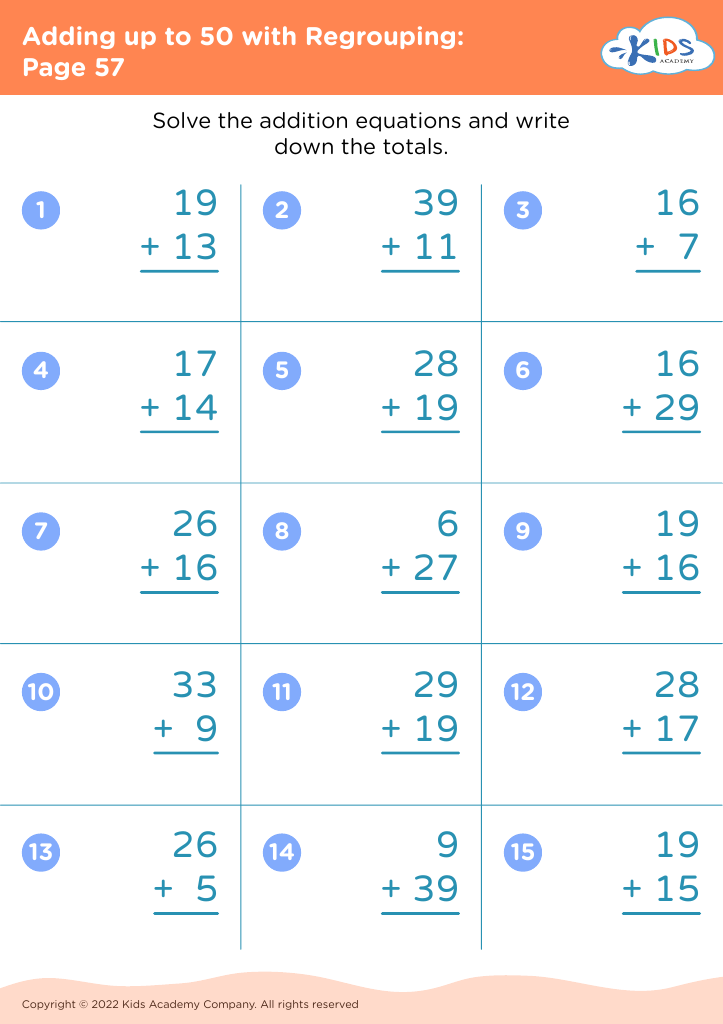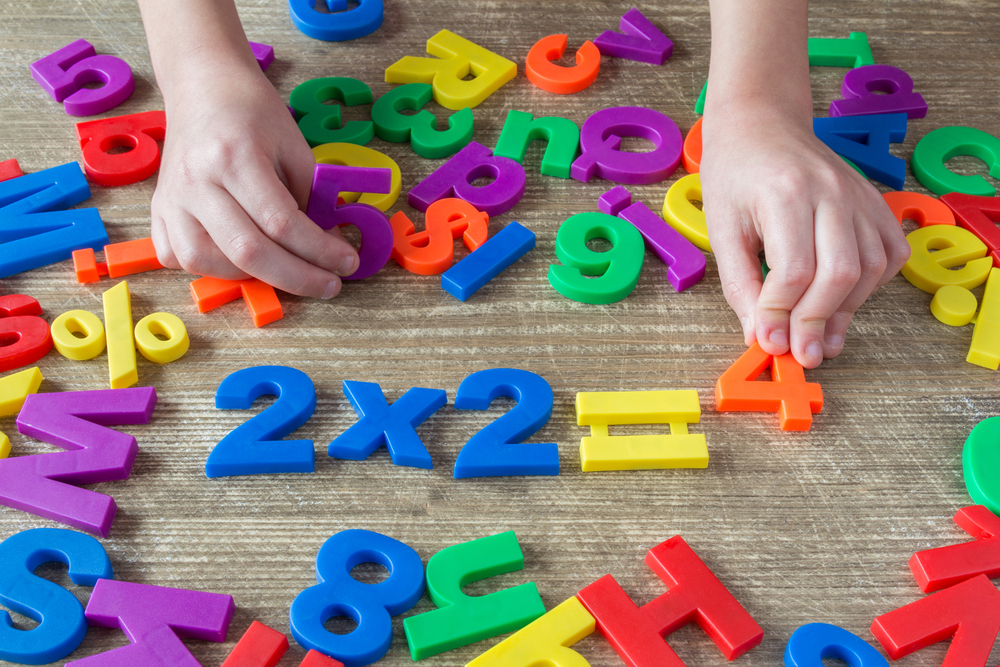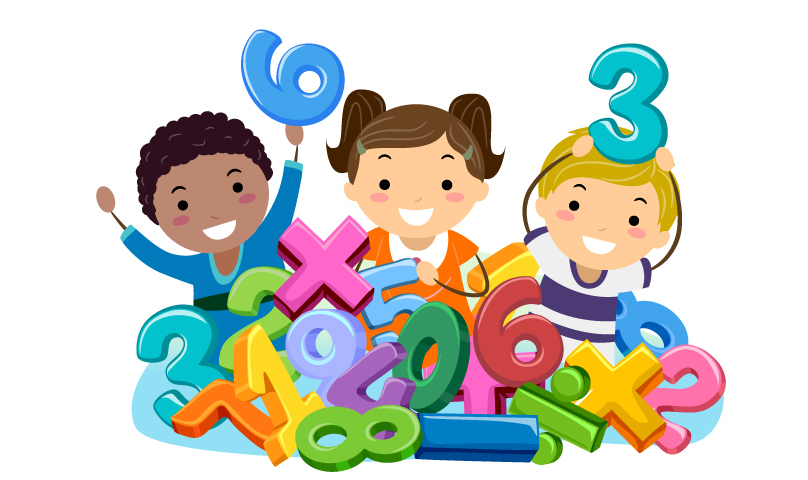Pattern identification Math Worksheets for Ages 3-8
8 filtered results
-
From - To
Unlock your child’s potential with our engaging Pattern Identification Math Worksheets designed for ages 3-8. These interactive worksheets foster early math skills by introducing children to the exciting world of patterns. Through a variety of fun activities, young learners will develop critical thinking and problem-solving abilities while recognizing shapes, colors, and sequences. Perfect for homeschooling or supplemental learning, our worksheets build a solid foundation in math concepts while keeping kids entertained. With colorful illustrations and age-appropriate challenges, children will enhance their cognitive skills, making learning both enjoyable and effective. Help your child thrive in their mathematical journey today!
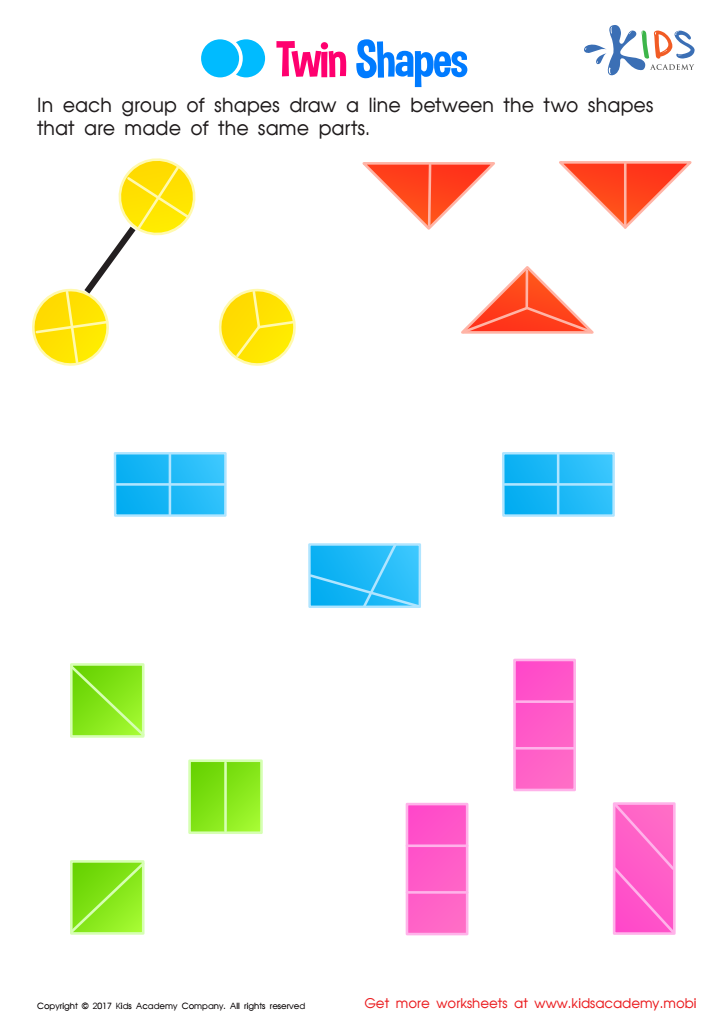

Twin Shapes Worksheet
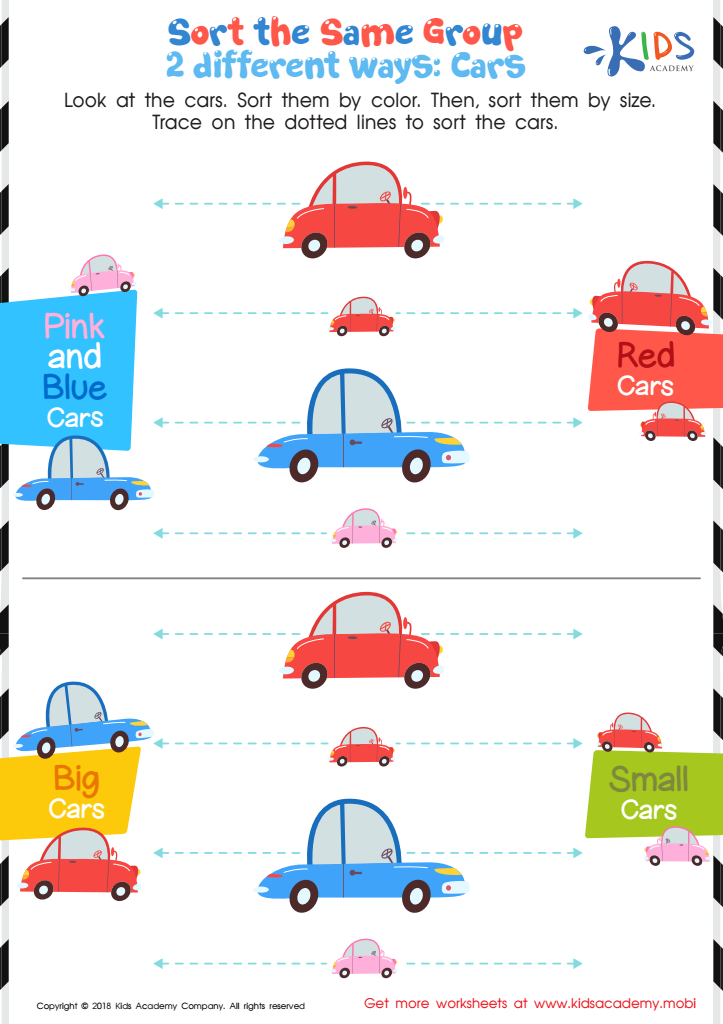

Sort the Same Group 2 Different Ways: Cars Worksheet
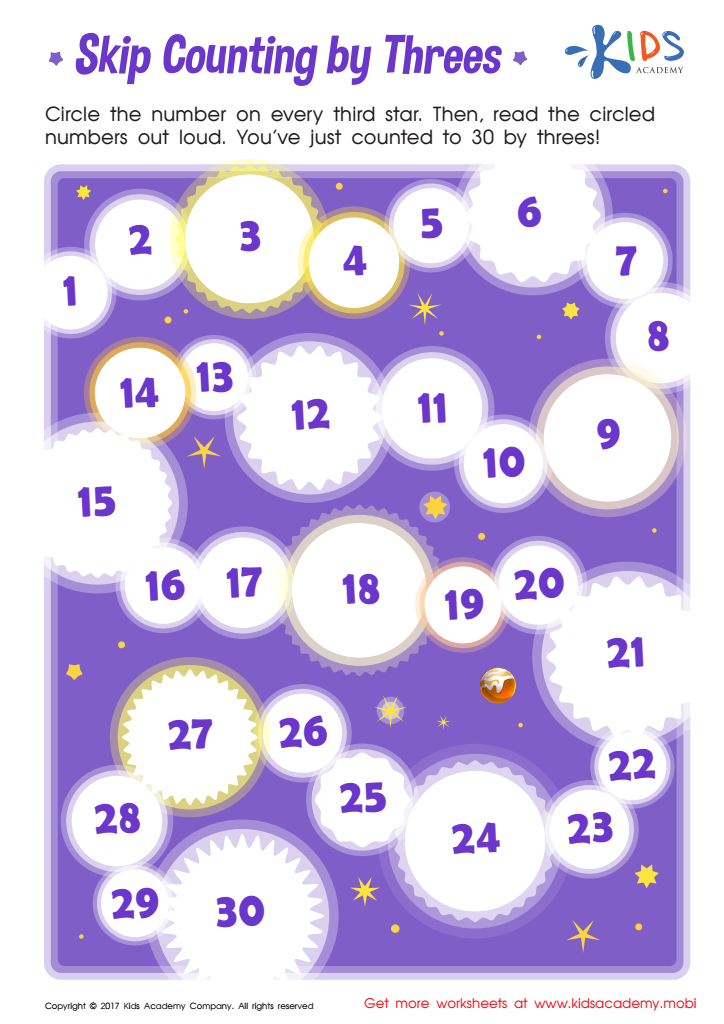

Skip Counting By Three Printable
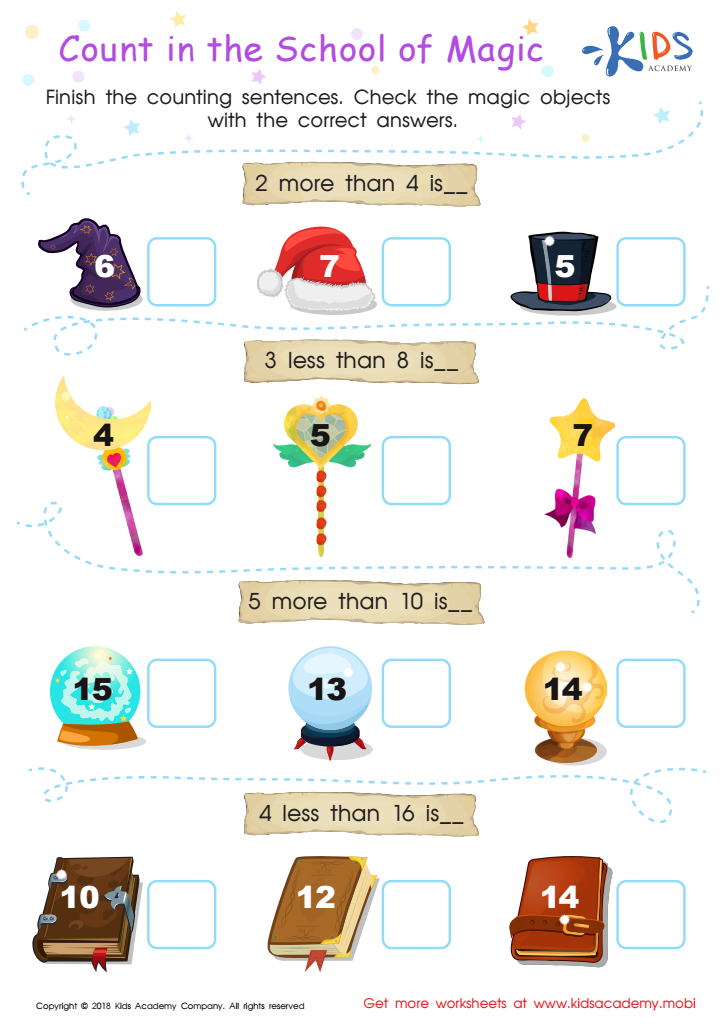

Count in the School of Magic Worksheet
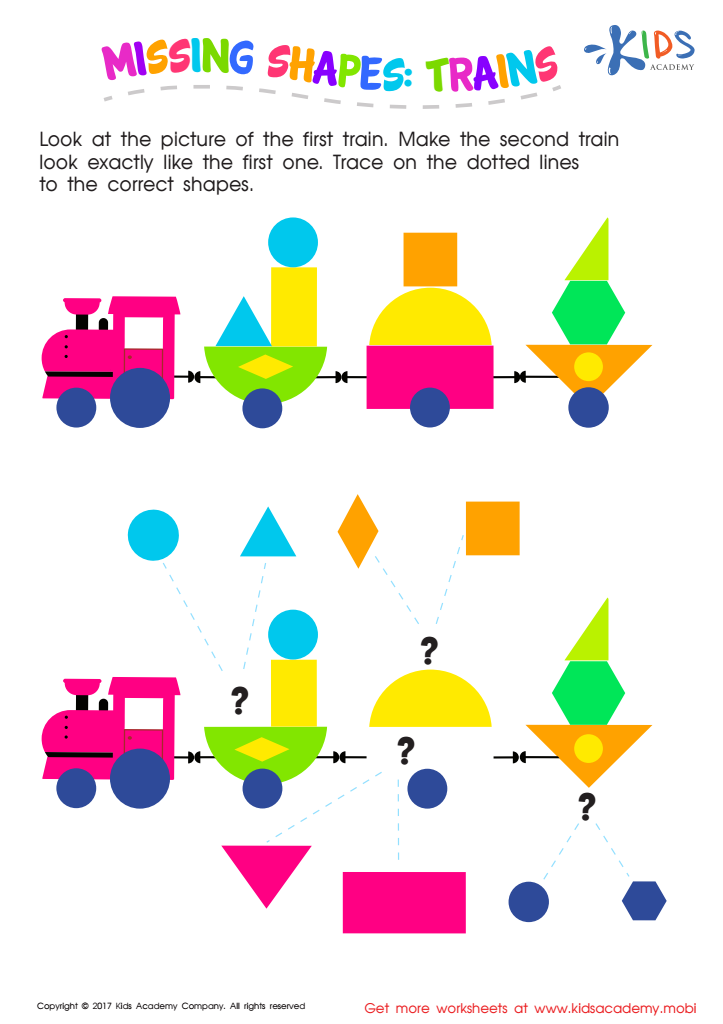

Missing Shapes: Trains Worksheet
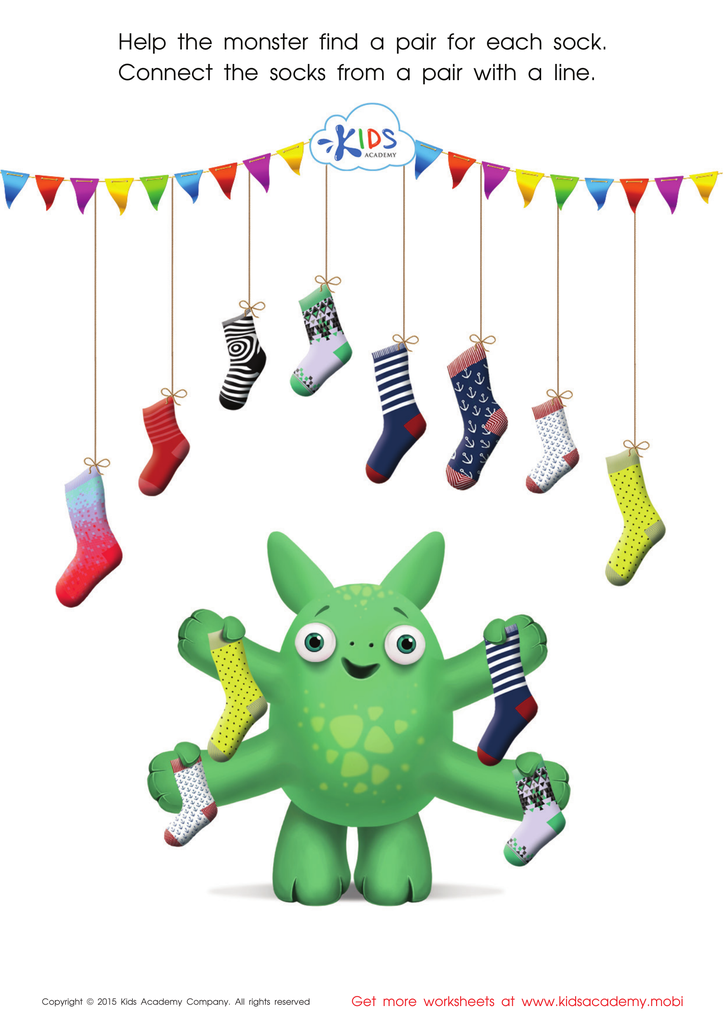

Math Matching Pairs Game: Monsterв's Socks Worksheet
Pattern identification is a fundamental skill in early mathematics that significantly benefits children aged 3-8. Understanding patterns helps children recognize relationships and sequences, which are essential components of logical thinking and problem-solving. As they explore patterns in shapes, colors, numbers, and sounds, children develop critical cognitive skills that lay the groundwork for more complex mathematical concepts.
For parents and teachers, emphasizing pattern identification cannot be overstated. It enhances observational skills, promotes critical thinking, and improves concentration. Recognizing patterns aids in the comprehension of addition, subtraction, and even more advanced topics like algebra in later years. Furthermore, it fosters creativity, as children learn to create their own patterns, thereby engaging their imaginations.
Moreover, patterns are ubiquitous in everyday life, from nature to art, which presents rich opportunities for connected learning. Incorporating pattern activities into daily routines can make learning enjoyable and relevant. By nurturing these skills early on, educators can help cultivate a lifelong interest in mathematics, empowering children to face future academic challenges with confidence. Therefore, fostering pattern identification skills is imperative for shaping well-rounded learners and confident problem solvers in a visually connected, information-rich world.
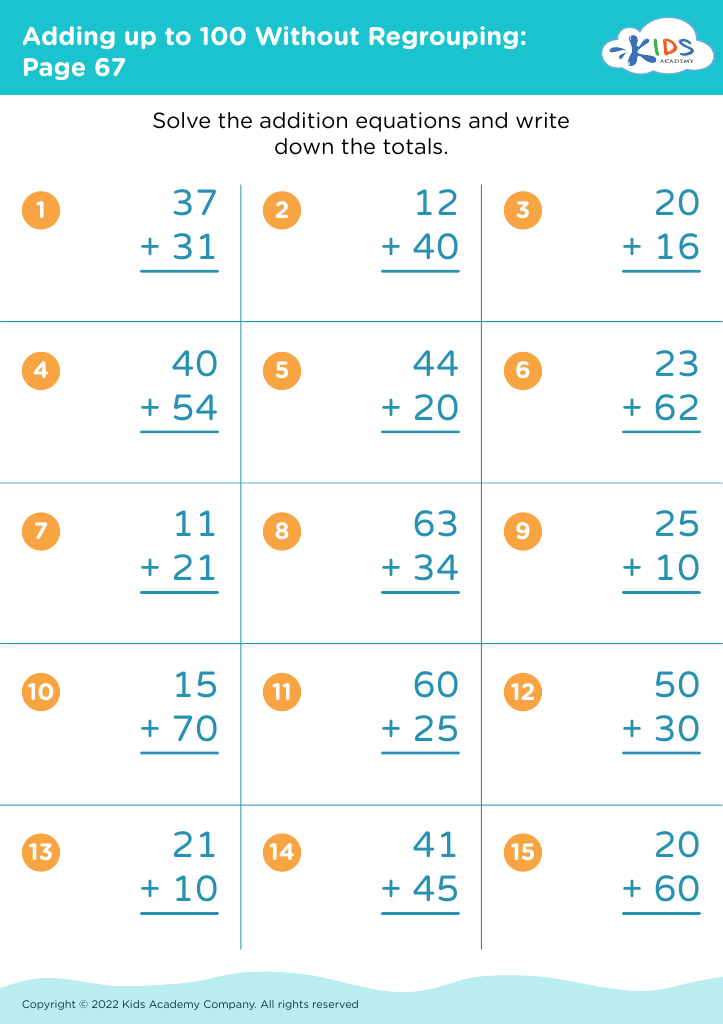
 Assign to My Students
Assign to My Students
